Before You Start
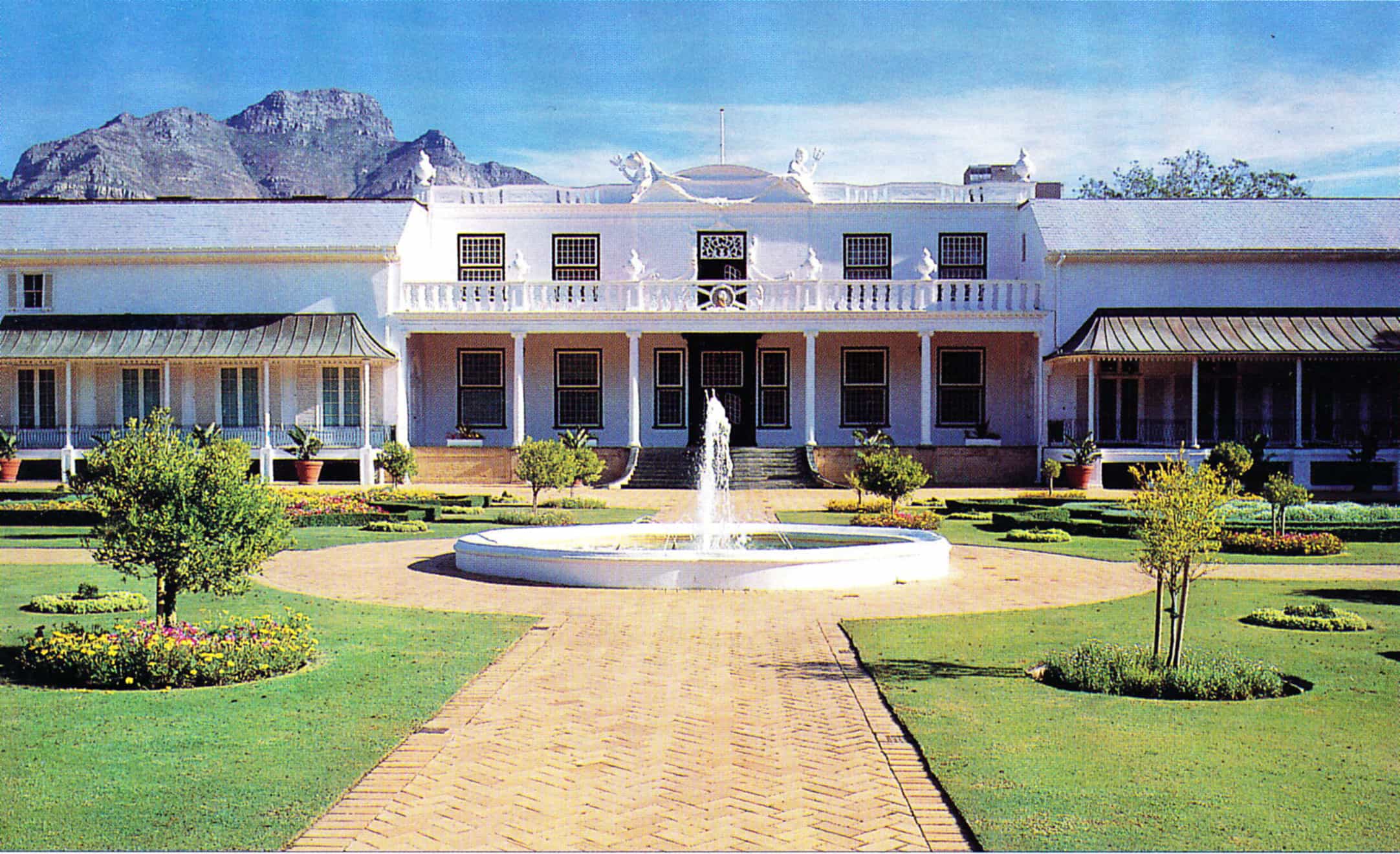
Before You Start
For centuries, water has been a source of fascination and inspiration to people of all cultures, making it a common feature of garden design world-wide. This is not surprising since it introduces a magical, sometimes mystical element that is cleansing, cooling and restful. It can also captivate the senses, creating an air of excitement and adding a soothing or splashing sound. Whether your garden is large or small, new or well-established, water can add a pleasing and different dimension.
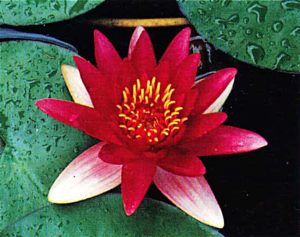
Ponds, pools and the myriad water features which go with them, are guaranteed to transform the most ordinary gardens and patios, giving them wonderfully magical and restful qualities. It does not matter what style, if any, you decide to follow or what impression you aim to achieve; when you decide to introduce a water feature into your garden, the possibilities are endless. And whether it is created in a formal, natural or a purely whimsical way, a well-planned water garden will give any outdoor area an aesthetic element which will be appreciated by all.
Generally, water has a tranquil and calming effect, but it will also bring both light and movement into a garden area. A reflective pond will quietly mirror images of plants, buildings and other features, highlighting colors and encouraging contemplation and a mood of calm, while a water course will tend to shine like a ribbon in the light of the sun or moon. Moving water, on the other hand, will splash and sparkle, producing varying degrees of sound and, often, an exhilarating air of excitement and anticipation.
Here we illustrate a wealth of contemporary ideas for inspiration. While some projects are influenced by historical approaches, we have tried to present the widest range of possibilities imaginable. Building methods are discussed, and all the necessary equipment explained. There is also a section on fish and some valuable information about aquatics, oxygenators and other suitable pond plants.
[amazon box=”B01E7K0QNE,B07PDQY1XV,B01ET4HC3K” grid=”3″]
In addition to the tried and tested techniques and methods used internationally to build ponds and other water features, we have included some innovative and unusual approaches.
Projects range from the simplest water feature, constructed using pre-cast materials, to formal ponds which require more demanding bricklaying skills. Whether you want to build an elaborate fountain or a simple duck pond, the instructions which follow will show you how Where materials may be difficult to source, suitable alternatives are suggested.
HISTORIC WATER GARDENS
Water gardens and features have been an important element of garden design since ancient times, frequently symbolizing mystical and religious beliefs.
In Egypt, for instance, water was appreciated as the source of life for civilization, and irrigation systems were established for survival. Perhaps inevitably, water soon became a prominent component of the renowned pleasure gardens along the River Nile. Likewise, in Ancient Mesopotamia, ponds and running water were a feature of the historic Aardens which were irrigated by the Euphrates River. In Persia (modern-day lran), where gardens were traditionally identified with paradise, water was frequently the focus of attention. Here, tiled water channels were symmetrical and balanced, and believed to represent the unity of the universe.
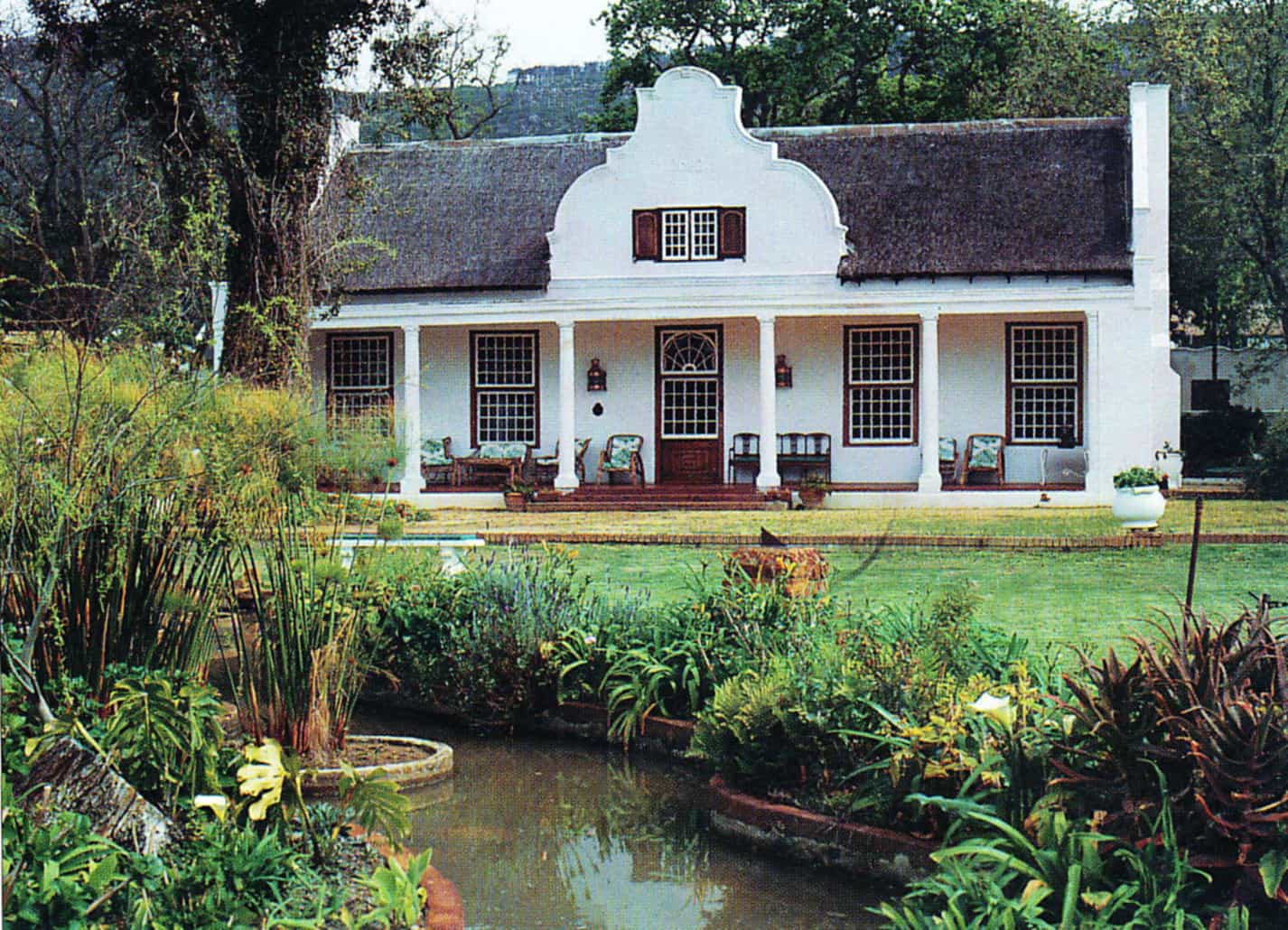
Further east, in China, water and rocks represented the Oriental concepts of masculine and feminine, yielding yin and extremely powerful yang. They were the important elements of Chinese landscape architecture and expansive bodies of water were often created.
In Japan, where water is still valued for its tranquillity, ponds have always been quite commonplace. Even where there was no water, round stones were used to create imaginary rivers of life. Furthermore, modern Japanese gardeners and landscape architects are renowned for their ability to use even the smallest quantities of water to create beautifully delicate and inspired features.
In Byzantine times, the Romans were acclaimed for their canals and sophisticated water systems, and established magnificent water gardens, which were sometimes copies of the Egyptian designs.
Some of the world’s most spectacular water features were devised in 16th and 17th Century Europe. Many of these may be still viewed in well-maintained Renaissance gardens - at Villa d’Este in Tivoli, ltaly, the spectacular Fountain of Neptune and impressive Pathway of the One Hundred Fountains are both celebrated landmarks. In the Austrian Alps at Schloss Hellbrunn near Salzburg, tourists are regularly entertained by the ingenious fountains and ‘water games’ installed by a prankish archbishop in the 17th Century. And in France, the hydraulics at the Palace of Versailles are marvels, where 1 400 fountains are operated by huge mills and pumps fed by the River Seine.
Then there are vast man-made lakes, some in the ancient Orient as well as those favoured by English landscape gardeners during the 18th Century. Of course, many of these features were simply dammed rivers and streams manipulated by grand gardeners like Capability Brown, to reorganize the landscape and reflect its beauty.
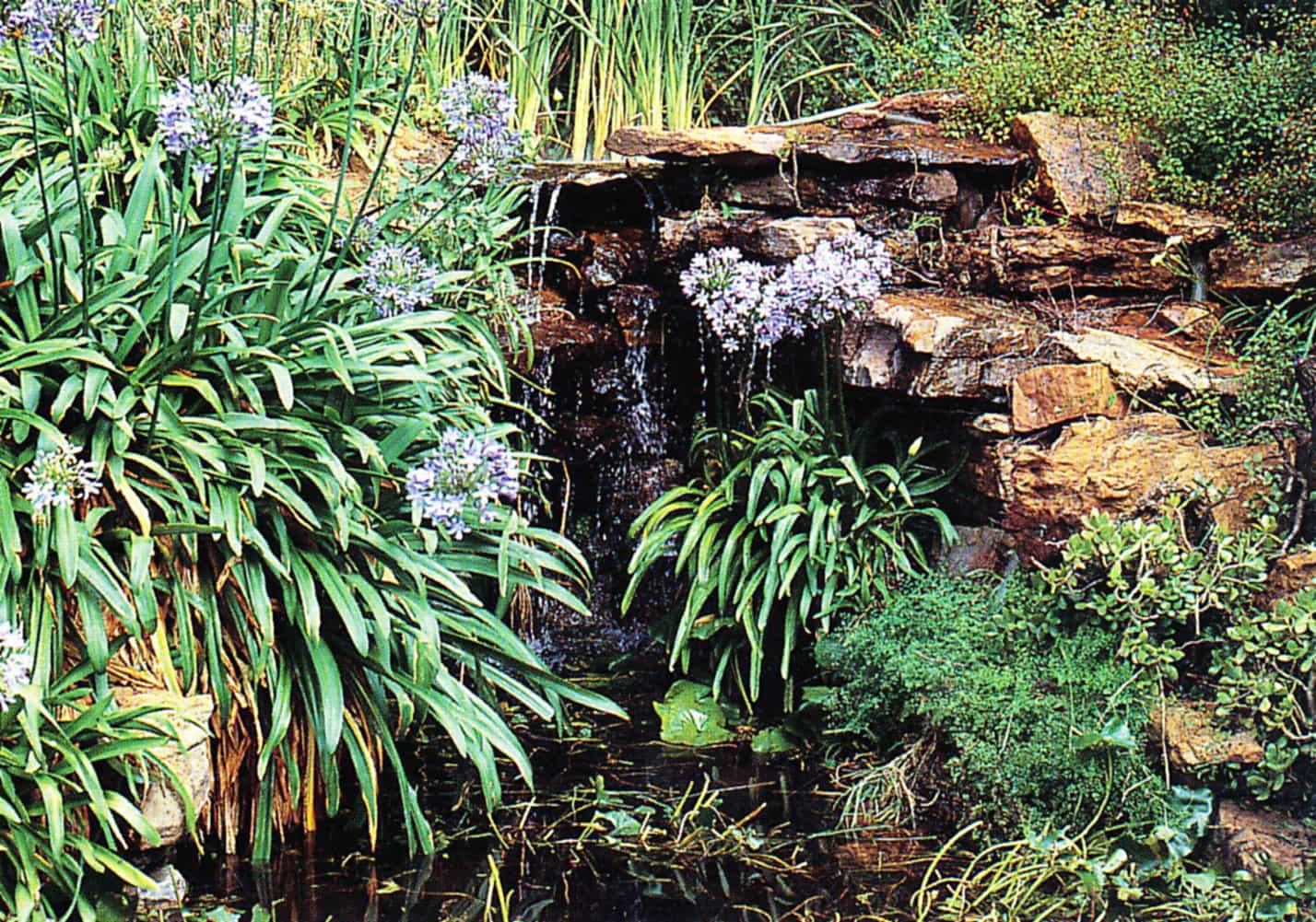
IDEAS AND INSPIRATION
While it is true that few can afford to accommodate the types of ponds, fountains and spectacular features found in the grounds of public buildings and large residences, many of these can serve as inspiration. Photographs in magazines and books are another good source, as are established gardens both public and private.
Books tracing the history of garden design and tradition are brimful with further examples, since there are a multitude of large formal pools and monumental fountains all over the world, especially in the grounds of public buildings or gardens of the wealthy. These books can be a valuable point of reference as well as a rich source of inspiration when planning your own water garden.
Some parks and civic amenities incorporate water gardens, fountains and features in their general plan. Alternatively, garden clubs and associations frequently organize visits to places which you might not otherwise have the opportunity of seeing. These are usually advertised in local newspapers or magazines.
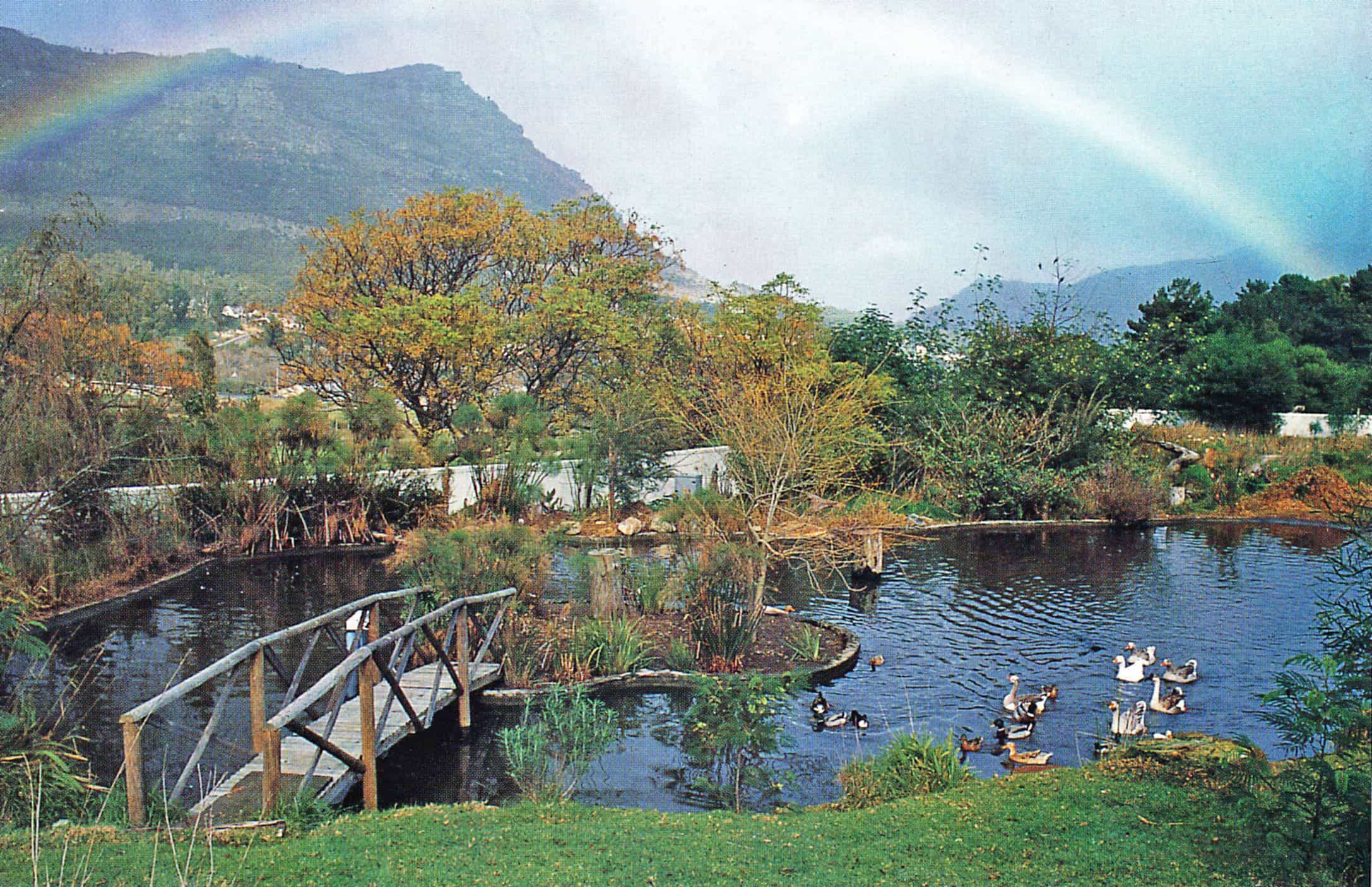
Some nurseries and garden centers arrange regular outings and hold seminars and workshops where amateurs can learn the basics of gardening in general, and often the specifics of water gardening. But this is not always enough; you may find the greatest inspiration of all in Mother Nature herself. Even the most formal architecturally-planned pools should complement their surrounding features.
Informal ponds, in particular, will reflect nature, and this is where you are assured of getting some of the very best ideas. Look carefully at natural water courses and watch how streams cascade over rocks and boulders or trickle down adjacent surfaces. Observe the natural plant growth in and around pools and look carefully at how rockeries are formed without the help of human hands. Above all, examine where natural ponds and pools are found. By observing natural water courses, and implementing these features in your garden, you will soon be able to mirror the beauty of the environment in your own surroundings.
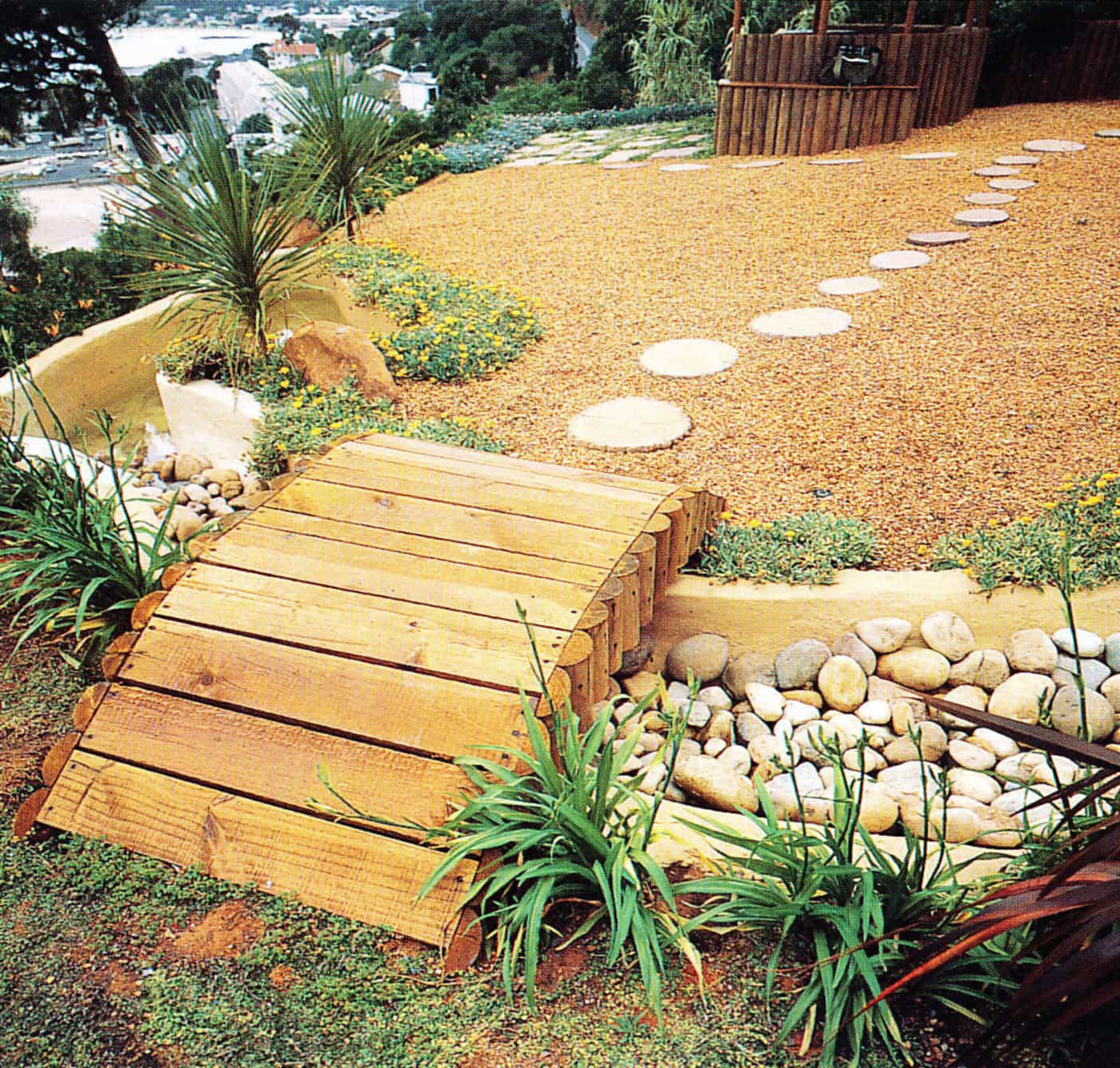
PLANNING
Location
Careful thought and logical planning are the key to incorporating a water feature into any garden or patio. The amount of space you have available, gradient, the existence of rocks and established plants will all have a direct bearing on the layout of your scheme. Local conditions will also influence your design, and soil type may determine the method of construction chosen.
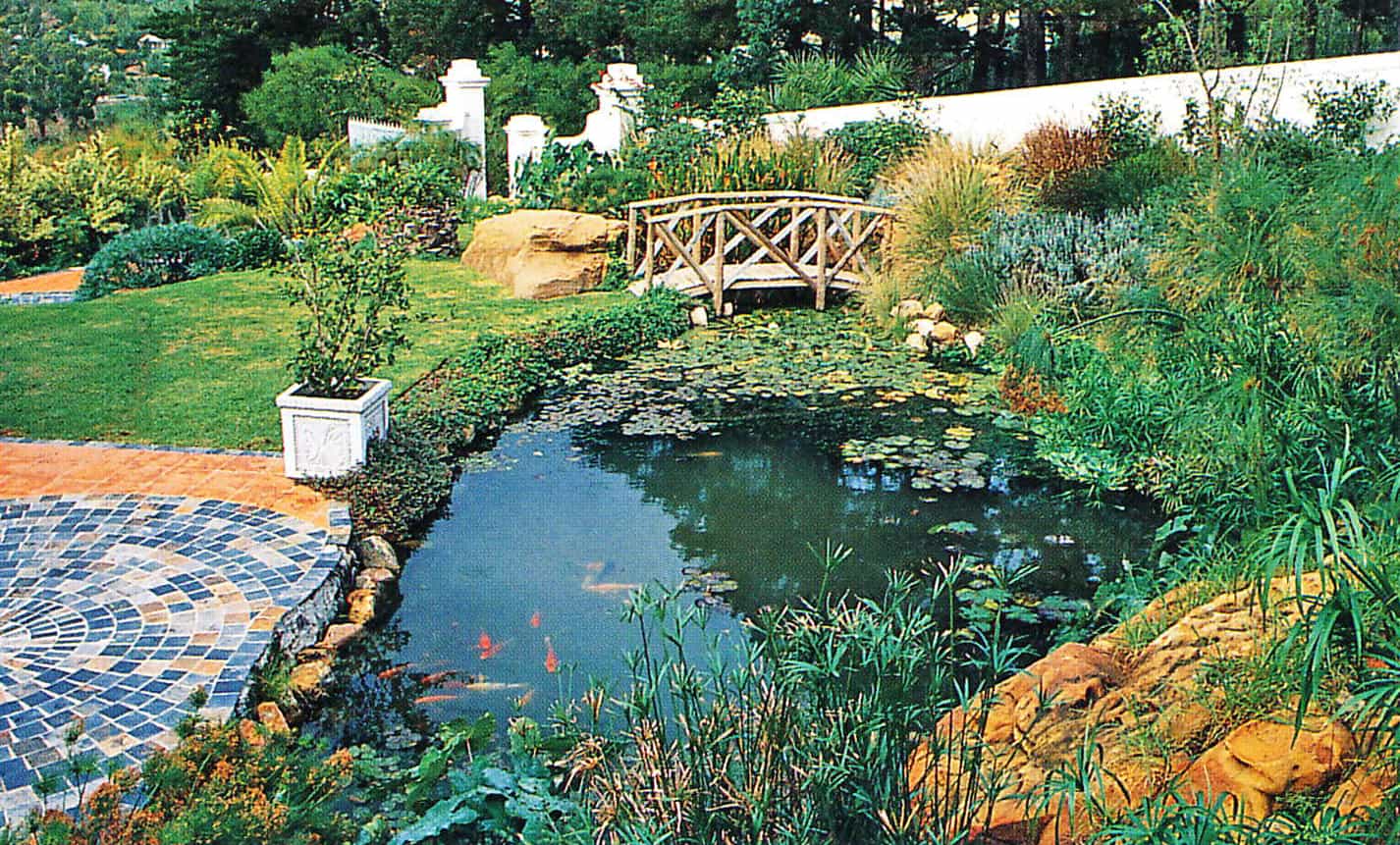
You will have to decide what size your water garden will be and whether you want a formal feature or something which will blend with the surroundings. Are you planning to keep fish? Do you want to attract other wildlife, like frogs and birds, to the pond? You may simply be seeking the opportunity to plant aquatics, bog plants, water lilies and so on, or to create a pretty cascade with water flowing between different levels.
Having decided what you want, you will soon realize that a vital factor of any water feature is its location. If a corner looks as if it is a pond, that is an obvious spot for a natural arrangement. You will find that areas with natural rocks and boulders are often perfect sites, as are slopes where plants will not grow. Unexciting, shady corners may also benefit from water features although trees can cause problems when they lose their leaves.
It is best to begin by drawing a scale plan of the garden or area where you plan to construct the water garden or feature. Sketch in everything from buildings, paved paths or patios and rocks, to mounds, hollows, trees and established shrubs. Even if you decide to transplant or remove some plants, a plan is a good starting point indicate the direction of prevailing winds and note areas which are particularly shady or sunny.
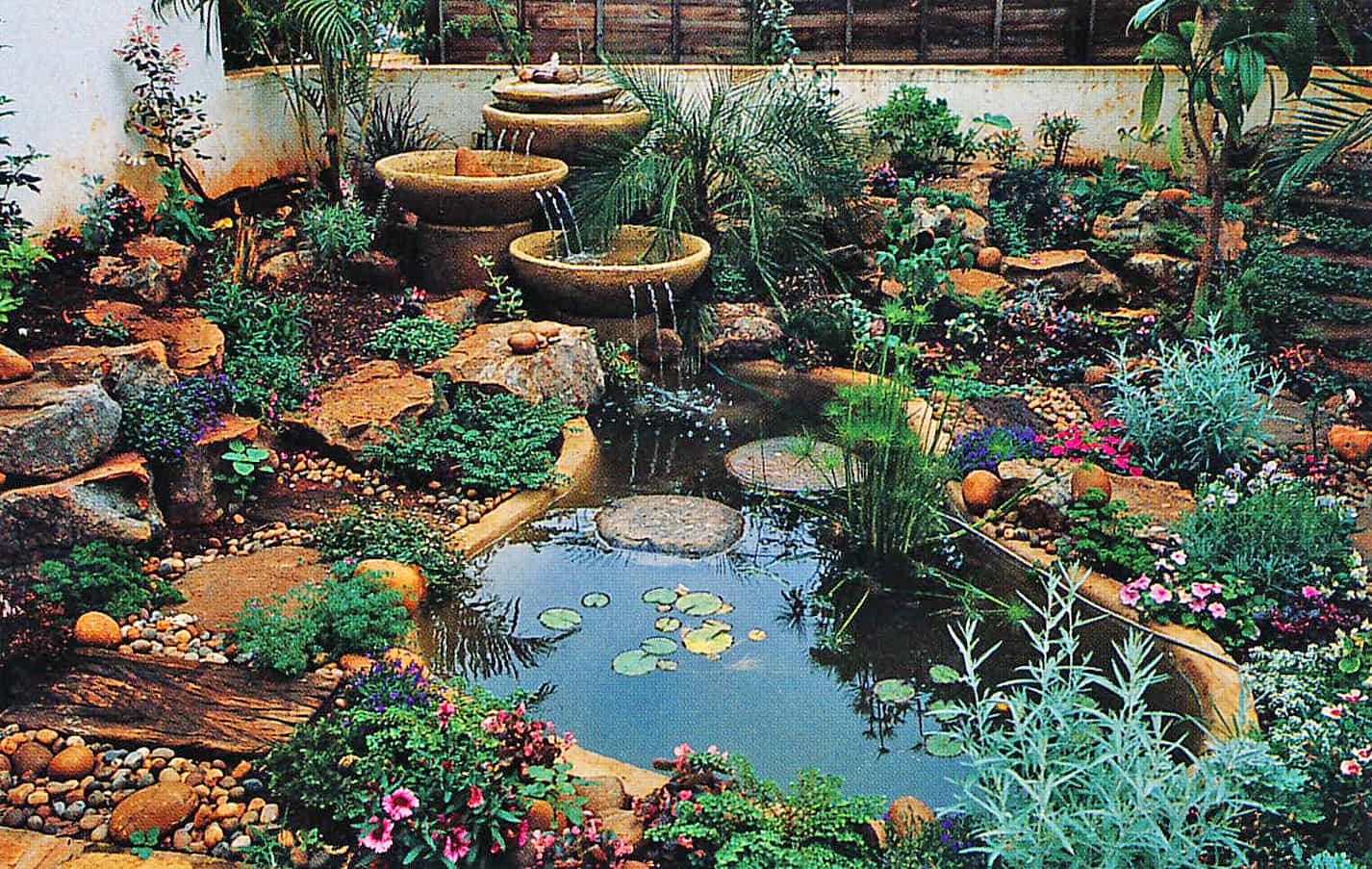
It may be helpful to sit in the garden or on a patio near to the site you think will be most appropriate. Try to visualize the finished feature before you start digging holes or building permanent structures.
Then consider the plan in more detail. Do you need to incorporate paving around the pond or perhaps a rockery to help soften hard edges? Will you need to terrace a slope or build steps to reach the feature? If you are likely to create a muddy trail when walking to and from the pool, you may have to consider pathways.
The choice of materials will depend on several factors ranging from basic design to budget. However, it is essential to maintain a visual link with the rest of the outdoor area and any existing theme in the garden as a whole.
SAFETY
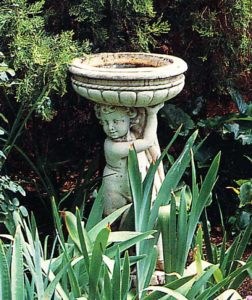
Wherever there is water in the garden, safety factors should be considered. Toddlers and animals can drown in even the shallowest pool and if a dog cannot get out of the water, it may come to grief .
If you have children and small animals at risk, the simplest solution is to fence the pond. Unfortunately, this generally spoils the aesthetics of any pool or water garden. Alternatively, site it where access is limited; perhaps on a patio approached through doors which can be locked when adults are not present.
The only other solution would be to re-examine your exact needs and choose a feature with a concealed water source or perhaps a very small, shallow pond which can be covered or drained whenever necessary.
